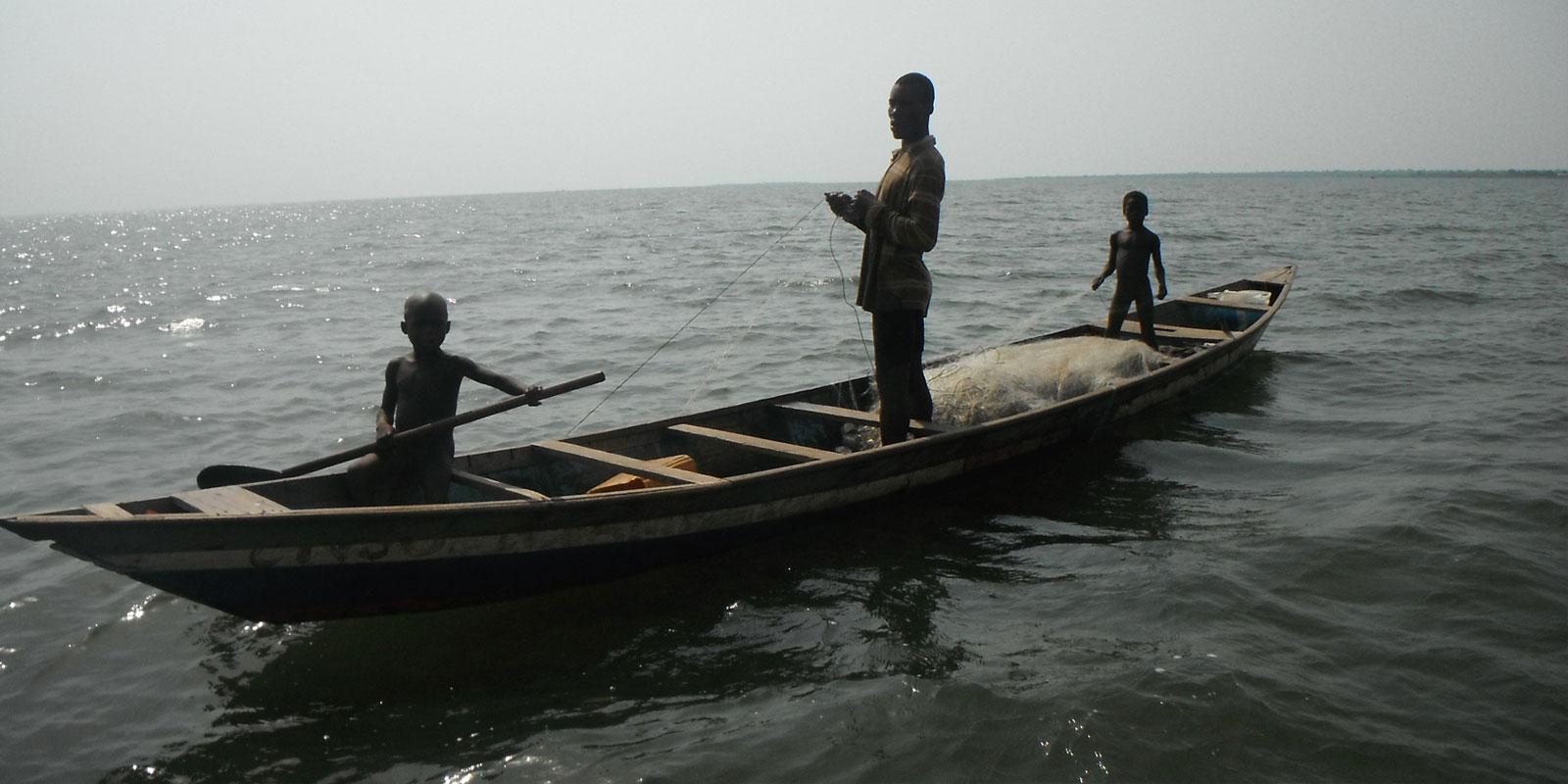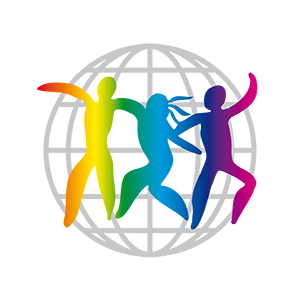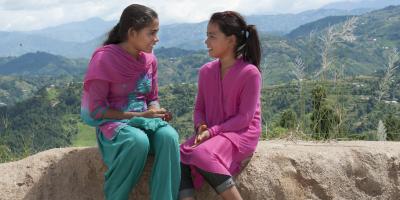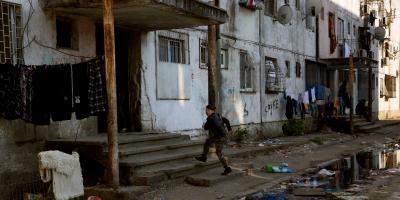
Identify causes, effects and solutions linked to modern day slavery - children being exploited as slave labour, sometimes as debt slaves.
Purpose
To strengthen the ability to visualise their thoughts and work together to examine and discover links between causes and effects with regards to modern-day slavery and debt slavery.
Preparations
Pick out one or more stories about children forced to work under slave-like conditions. read a story out loud, or share stories that the students can read silently. For example, use the story about Kwesi, a boy forced to work in the fishing industry in Ghana, Shamoon, who was forced to work off his family‚s debts in a brick miln; or Shaquana, who was forced to sell sex on the streets of New York, USA, as a child.
Please note: The exercise is meant to be carried out together as a whole class or large group. But of course it can be adapted and done individually or in smaller groups, depending on ability.

Do it like this
- Read a story about a child forced to work out loud to a whole class or group, or hand out stories that the children read in silence.
- Let pupils comment or ask questions if they like.
- Explain in brief to the whole group that, according to the UN Convention on the Rights of the Child, every child has the right to be protected from economic exploitation and work that is hazardous to their health or that prevents them from going to school. All work is prohibited for children under twelve. However, in some of the poorest countries in the world, around 1 in 4 children are still forced to work. For most of them, the work they do is harmful to their safety, health, development and education. Some 5.5 million children are forced into the worst forms of child labour, as debt slaves, soldiers or in commercial sexual exploitation. Every year, at least 1.2 million children are the victims of trafficking: some within their own country, while others are sent abroad.
- Draw a tree and write the problem/challenge on the trunk: Child slvaery or Child Labour.
- Write down possible causes on the tree’s roots, such as debts, poverty, prejudices, tradition, or discrimination of certain minority groups. Other possible causes to why children are forced to work can be war and conflict, or that they have been orphaned or abandoned.
- Write down effects and consequences of the problem on pieces of paper and place on the branches. For example health problems and/or abuse, being denied an education, not being able to play or rest etc..
- Take a step back and see if any of the causes and effects should be switched round?
- Try to come up with ideas for solutions. Draw fruit and write the solutions on them before ‘hanging’ the fruit on the branches.
Långgatan 13, 647 30, Mariefred, Sweden
Phone: +46-159-129 00 • info@worldschildrensprize.org
© 2020 World’s Children’s Prize Foundation. All rights reserved. WORLD'S CHILDREN'S PRIZE®, the Foundation's logo, WORLD'S CHILDREN'S PRIZE FOR THE RIGHTS OF THE CHILD®, WORLD'S CHILDREN'S PARLIAMENT®, WORLD'S CHILDREN'S OMBUDSMAN®, WORLD'S CHILDREN'S PRESS CONFERENCE® and YOU ME EQUAL RIGHTS are service marks of the Foundation.






